Sin Sar Bar - a Myanmar Strategic Communications
Social Change organisation
Given the current situation in Myanmar, any form of communication needs to be approached carefully. However, strategic communications is a vital part of how NGOs function and despite the challenges, should not be neglected.
What is Strategic communications and why is it important for the development sector?
On a fundamental level, Strategic Communications is the art and science of presenting information in order to achieve the goals of an organisation. For NGOs, who fundamentally exist to help people, whether that be delivering services or ensuring rights, strategic communications can be used to achieve a wide number of goals - whether that’s increased resilience, empowerment, awareness, education, de-stigmatisation, or engagement. It is also more than working directly with the public; training, workshops and even research are also forms of communication - you are communicating knowledge.
Strategic communications for social change is communication on a more sustainable, successful level - really thinking about how and where you want to communicate in order to get to who to do what. It includes elements of communicating with beneficiaries - to give a few examples, this could be explaining the benefits of washing your hands, or how to protect yourself against online scams, or what to do if you suspect there are landmines in your area, or helping people to understand the importance of mental health, or simplifying and translating an academic research paper on federalism so that the concepts can be understood by people without a PHD in political science. Key to this approach is designing communications so that they are not just superficial, but result in some sort of real change within those you wish to communicate with - hence the term communication for social (and behavioural) change.
When viewed like this, the development sector can learn from the behavioural science used extensively in the private sector - marketing is actually a form of strategic communications for social change. While the objectives may seem very different - instead of trying to get people to wash their hands, drink one brand of soft drink rather than another - this is also, fundamentally, a form of social change, and much of the behavioural science and psychology that goes into these advertising campaigns can also be applied to development work. To give an example, consider the use of celebrities and influencers - which are widely used by brands because the general public idolise celebrities, mimic their behaviour and trust in what they say. Celebrities thus have a huge power to influence behaviour - hence the term influencer - regardless of whether that behaviour is trying a new soft drink, or washing their hands or even something as nebulous as changing the way they think about an issue.
This is not just conjecture - a 2019 Myanmar study found that “Television personalities and celebrities are by far the most trusted source of important information,” and “their insight is relied upon significantly more than religious, political, or community leaders.” When asked to indicate three sources that you trust the most to learn important information, the top three responses were TV personalities, posts from my favourite Facebook pages, and community based organisations at 25%, 14%, and 9%, respectively. By contrast, political leaders of my state/region, international media, and national level political leaders were listed by 4%, 3%, and 3%, respectively. More recently, a 2024 study by Harvard’s School of Public Healthused influencers to distribute messages on mental health as influencers “have an audience that trusts them, watches them, listens to them, and we want to equip them to communicate health information effectively and accurately.”
See 2019 Myanmar study here:
https://documents.sfcg.org/wp-content/uploads/2020/07/Search-for-Common-Ground_Briefing-Papers.pdf
Admittedly, use of influencers in this way is a somewhat extreme approach, especially when applied to the complex issues and context that NGOs are dealing with in Myanmar. However, the example of celebrities is useful because it shows the importance of understanding your audience, which is key to effective communication. A hugely common misconception is that their beneficiaries care and know as much about what they work on as they do. People are incredibly busy, and often the most important people to reach are the ones who are the least informed about the issues and therefore the hardest to reach. It is vital that organisations speak to people in their language - ie. communicate in a way that resonates with your target audience. The last thing someone wants to do after being at school or university or work all day is learn about something - people want to go home and watch videos of cats or football (or celebrities). The way that you package your social change communications is therefore very important.

A panel discussion on, say, the importance of ‘gender norms in Myanmar’ composed of academics and NGO technical experts will have a limited reach, and those who do tune in will invariably already have an in-depth knowledge of the topic - you’re essentially preaching to the choir. An alternative approach that we have executed in a recent project is to work with a hip hop podcast hosted by rappers, give the hosts training about what gender issues are, give them some conversation prompts, and have a female rapper appear on the show and speak about her experience in a male-dominated world. They will swear, they will use slang, they will joke around, but as long as are prepared properly, they will get the ideas of gender norms across to a group of people that would never tune in to the aforementioned panel discussion, and hopefully, change the way that this group - who have probably never thought about these issues before - think and behave - without even saying the word gender norms.
You’re speaking in a way that your target audience engages with in a way that they understand in order to make them change the way they think and hopefully behave about an issue - the essentials of strategic communications for social change campaign.
Communicating strategically doesn’t have to be all about celebrities and large budget campaigns. Additionally, even in ideal circumstances, there are limits to what strategic communications can achieve in terms of social change - even the most robust communication campaign by itself cannot overpower deeply ingrained social norms and belief systems - though they can be a powerful way to encourage people to make healthier decisions within these systems.
However, even if social change is not the end goal, as communications are a part of everything that an NGO does, even the smallest NGOs can think about strategic communications to optimize the way they speak to people - even something as simple as using words that are less technical and more easily understood, adding colour or photos to a report, or translating resources into ethnic languages. This may seem gimmicky, but these small changes make a real difference to the effectiveness of communication.
Multimedia creative artistry is a more applicable example to use in Myanmar. Unless you are speaking to policy makers or technical experts, infographics, cartoons, animations and even poetry and music are much better ways to present information than reports or press releases - Whichever resources you create however, they are only effective if they are engaging. Making something more visually appealing will help, but what is also important is how beneficiaries interact with what you are saying. As a general rule of thumb, aside from the importance of how engaging something is, the more interactive and iterative something is, the greater the chance that someone will truly think about the issue, and therefore the greater the chance of social change. A 2008 study on anti stigma media resources found that introducing multiple choice questions after exposure to mental health resources increased knowledge on the issue, even 6 months later. While again this may not be possible in all contexts, it’s an important thing to think about when designing communications.
In conclusion, people with the greatest potential for social change on an issue are the most difficult to reach. The more engaging and interactive content is, the more effective it will be. Most importantly, know your audience - in order to communicate effectively, you have to truly understand who you are speaking to and how best to communicate with them.
What we do
Sin Sar Bar looks at how we can elicit social change in Myanmar, with social media influencers and other creative techniques on numerous issues. We have developed an expertise on mental health, but we have also worked on domestic abuse, human rights, discrimination and many more. You can see a little about the work we've done here on this profile of the work we do:
Our Partners

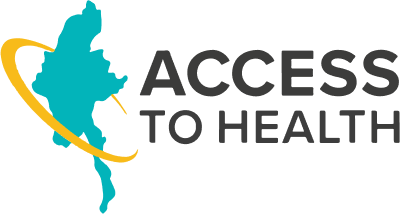




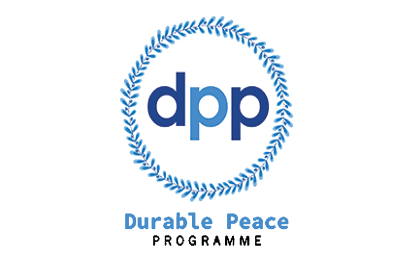

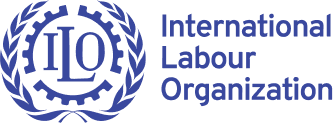
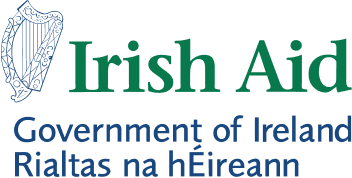






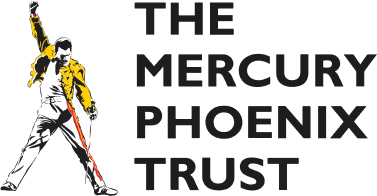
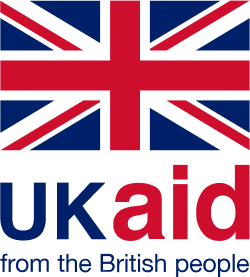
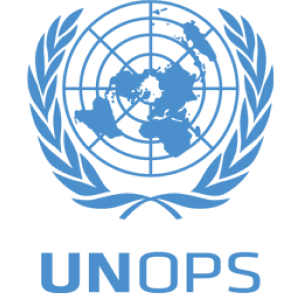
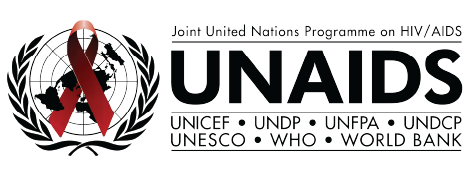

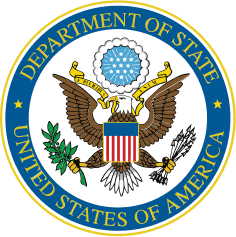


Contact / General Information
Myanmar (registered non-profit)
United Kingdom (registered business)
Thailand